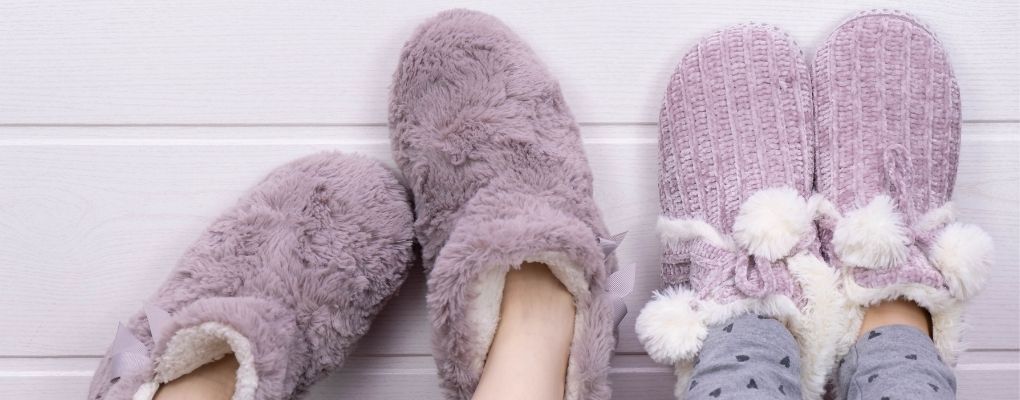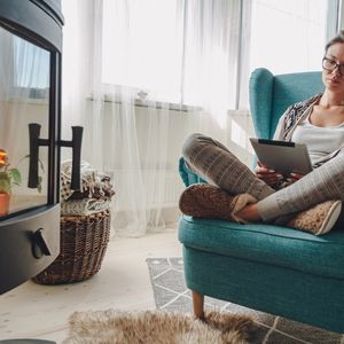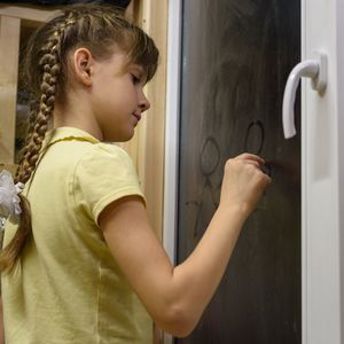
Reading Time: 5 Minutes
Preparing for the Winter Months
As winter approaches, it’s time for landlords to consider the comfort of their tenants and ensure rental properties are up to scratch.
With the introduction of the Healthy Homes regulations, providing warm, dry rental properties has been front of mind for landlords throughout New Zealand. Regulations aside, a warm, dry and comfortable home will attract good tenants quickly, helping you to maximise occupancy and your rental income.
Offering tenants a cosy place to call home that is well insulated, benefits from good ventilation and doesn’t cost the earth to heat will ensure you have happy tenants who are likely to stay in the property longer.
What are the Minimum Healthy Homes Standards?
The Healthy Homes regulations include legal standards for heating, insulation, ventilation, moisture and drainage, and draught stopping.
Landlords are legally required to meet these regulations. The deadline for rental properties to comply with all the Government’s Healthy Homes standards is almost upon us, with all private rentals being required to comply within 90 days of any new or renewed tenancy after 1 July 2021. If your home isn’t compliant by 1 July, you could find yourself with just 90 days to comply if you have any tenancy changes after this date. Furthermore, all private rentals must comply by 1 July 2024, regardless of when your tenant moved in.
We are hearing reports already of tight supply of heating equipment and of contractors to carry out work. To avoid delays and liability for fines for non compliance, Crockers urges landlords to book remedial work now, ahead of the deadlines.
What More Can I Do?
It’s important to get your property up to standard now. Given the average tenancy duration is around two years, there will be thousands of tenant changes over the next year. Rather than waiting until a tenant decides to leave giving you just 90 days to complete work after their departure, it makes sense to make any necessary changes now.
Book a Healthy Home assessment and get to work.
Check in With Your Tenants
Even once your property is up to standard, it’s always a good idea to check in with your tenants and see if there is anything they need. Regular rental inspections can be a good time to do this. Regular checks ensure tenants have ample opportunity to bring issues to the attention of their landlord. Read our article on the benefits of rental inspections to find out more.
Ensure Annual Maintenance Jobs are Completed
Heat pumps should be serviced annually by a professional air conditioning technician. This is best done before winter hits and demand for contractors is at its highest. We’re not big fans of fireplaces as a heating option given their inefficiency and inherent fire risk. Under the draught stopping provisions of the Healthy Homes legislation, chimneys should be obviously closed off unless your tenant requests otherwise in writing. If you do still have a working chimney & fireplace though, these need to be swept at least once per season.
Check smoke alarms are in working order as house fires are more common in winter. Long life smoke alarms are a great idea, with many having a 10-year battery life. Remember that you are required by law to provide working smoke alarms, and get these potentially life saving devices checked today.
Complete External House Checks
As well as ensuring maintenance is up to date on indoor appliances, inspect your roof and gutters before the bad weather hits. Gutters should be unblocked, over-hanging trees should be trimmed and your roof should be in good order, minimising the chance of leaks. Engaging a professional for these checks is a good idea. If work at height is required, do ensure that your contractor has the necessary training, certification and equipment for the task.
Make Sure Your Property is Well Sealed
Even with the best insulation, gaps around doors and windows or cracks in walls will let in the cold. The Healthy Homes regulations cover draught-stopping so your property should already be well sealed, but keep on top of any new areas of concern. The installation of double-glazed windows can make a huge difference to the warmth of a home, and add long term value to your investment.
Top Tips for a Warm, Dry Property
Small things can make a big difference. One of the easiest ways to ventilate a property is to open doors and windows for a few minutes (even in winter!) to encourage the flow of fresh air. The Healthy Homes legislation requires that there be openable windows for exactly this purpose. Clothes dryers must be vented to the outside to avoid filling the home with damp air. Heating the rooms you are using rather than the whole house saves energy and reduces costs. Where possible, it’s a good idea to use the timer to warm a room just before you need it and to switch off when you don’t need it. Heat pumps, flued gas heaters and wood or wood pellet burners are all options for the heating of living spaces, but be guided by your Healthy Homes inspection and the Healthy Homes guidelines.
Keep Communication Open
Keeping up good communication with your tenants is key to ensuring you are meeting their needs and fulfilling your obligations as a good landlord. One way to ensure your tenants are well informed and looked after is by engaging a good property manager to look after your property for you.
At Crockers, our professional Property Management team can help take the stress out of managing your investment property, and help you navigate the requirements relevant to your rental home. Find out more about how a Crockers Property Manager can help you here, or request a Property Management information pack here.







